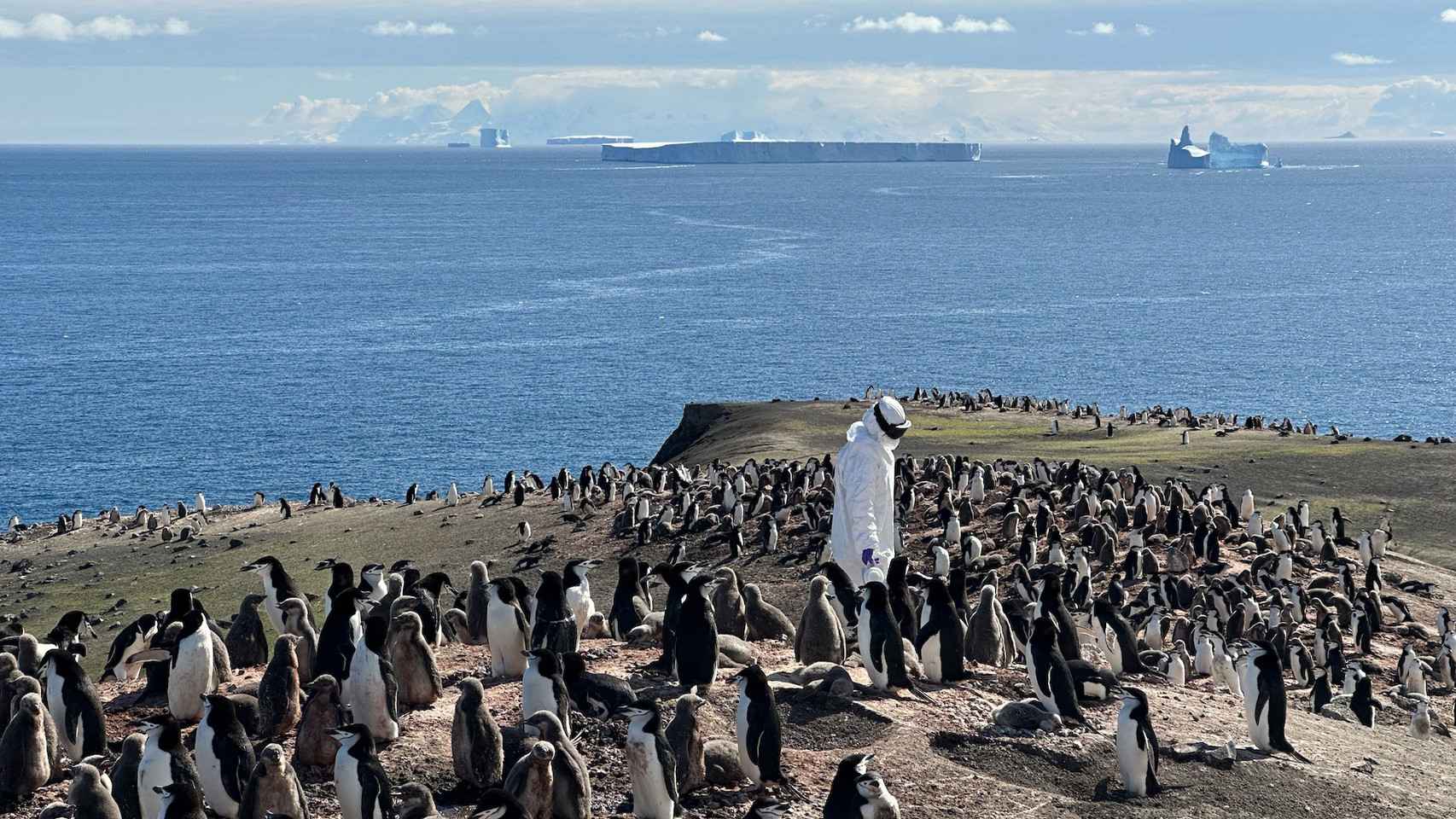Scientists from the Severo Ochoa Center for Molecular Biology of the Superior Council for Scientific Research (CSIC), part of the Ministry of Science, Innovation and Universities, have confirmed the existence of the coronavirus. highly pathogenic avian influenza First time in Antarctica. The virus was found in two samples of dead skuas.
Researchers at the Spanish Antarctic base “Gabriel de Castilla” on Deception Island, led by Antonio Alcamí, confirmed the presence of the virus on February 24. “I always say that if there are 60,000 birds in a penguin colony, including chicks and adults, Mortality rate is 30% We will find thousands of bodies,” the researcher told Corriere della Sera.
Analysis ultimately showed the birds were infected H5 subtype avian influenza, at least one of the dead birds contained highly pathogenic avian influenza viruses. The analysis included specific PCR for influenza viruses and the H5 subtype, followed by sequencing of the protease cleavage region, providing 100% certainty of the presence of highly pathogenic avian influenza viruses.
(The deadly flu that really worries scientists has infected domestic cats)
While mortality from highly pathogenic avian influenza has reached 40% in other species, the Antarctic penguin colony appears to be doing better. “Now that the chickens are older, they may be less destructive. However, The mortality rate is quite highAnother researcher, Ángela Vázquez, confirmed this to EL ESPAÑOL.
Antonio Alcami and Angela Vazquez on a hill leading to the penguin colony.
“This discovery will enable national polar programs to prepare to avoid the spread of infection through human-made means and, most importantly, human-to-human transmission,” CSIC explained in a report. Furthermore, “for the first time,” Proof that highly pathogenic avian influenza virus has reached Antarctica Despite distance and natural obstacles This separates it from other continents. “This discovery may also explain bird mortality recorded during the Antarctic summer.”
This variant has been found in many places in the Northern Hemisphere and, since last summer, in the Southern Hemisphere. The virus has recently been discovered on subantarctic islands, but so far mass die-offs of some birds have been reported in the Antarctic region.
“No country has certified the presence of this virus in the Antarctic region,” the CSIC statement stressed. In November, when Spain launched a protocol against highly pathogenic avian influenza in Antarctica, which had not yet begun, “all members of the program Participants strictly abide by it.” “There are very Few countries have established such laboratories in Antarctica”, Alqami commented in a conversation with this newspaper.
This confirmation was made possible thanks to international cooperation, in particular with Argentina, and coordination with the Spanish Polar Commission. The cooperating international Antarctic organizations are the Scientific Committee on Antarctic Research (SCAR) and the Committee for the Administration of National Antarctic Programs (COMNAP), which have communicated these findings in accordance with the requirements of the Antarctic Treaty.

